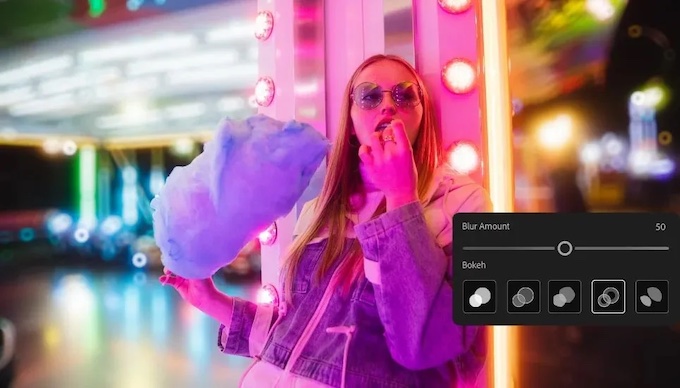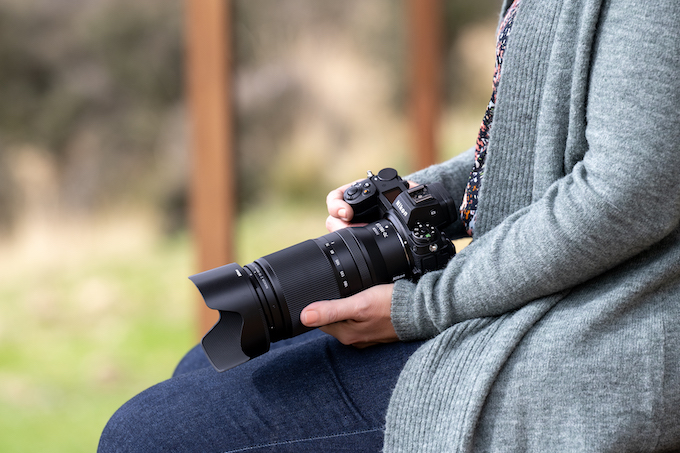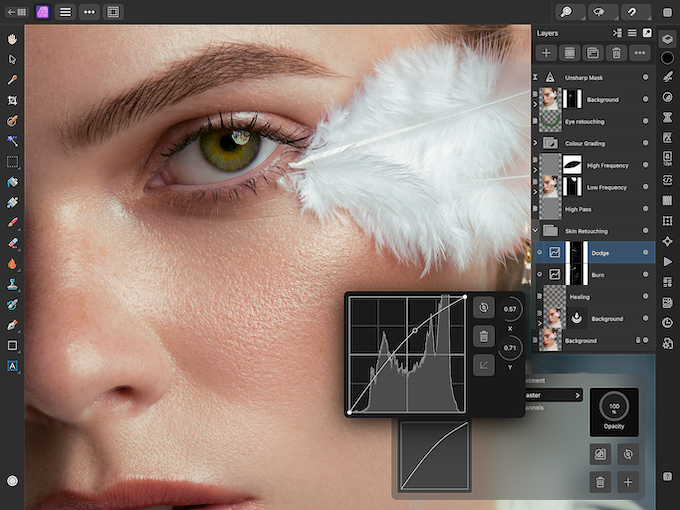Software
By my recollection, it has been about eight years since the introduction of Imagenomic Portraiture 2. After this long wait, Portraiture 3 is now available. As with the previous version, Portraiture 3 is a Photoshop-compatible plug-in, supporting the latest 64-bit versions of Mac OS X and Windows operating systems and Adobe Photoshop CC. The good news for users of Portraiture 2 is that the latest version is a free upgrade. For new users, the cost is $199.95. I tested both the Mac and Windows versions of Portraiture 3 and found them identical in every way.
What’s New
The portrait work that I am called upon to perform usually involves executive portraits. I need to work through these quickly in order to get proofs off to the clients. Once the clients select the final images, generally only light retouching and no face contouring is needed or wanted. Portraiture is perfect for my needs as it strikes a nice balance between the simpler, one-click-fix programs and more complex applications that require you to choose or adjust multiple points on the face before the software can make adjustments. And it runs beautifully as part of a Photoshop action. However, in the years since the release of version 2, image file sizes have grown considerably and Portraiture has become somewhat less responsive.
Portraiture 3 addresses this issue. Imagenomics claims version 3 has twice the speed and performance as the previous version. They’ve also optimized for quality and speed when handling large image files taken with the latest high-resolution digital cameras. These optimizations, along with a revised user interface, make Portraiture 3 simpler as well as faster to use.
User Friendliness
Where professional retouchers will miss the complexity of retouching in Photoshop with its heal and clone tools and the ability to use frequency separation, photographers who are not retouching faces all day will enjoy the simplicity and ease of using Portraiture 3.
I prefer duplicating my image before opening it in Portraiture in case I forget to click the checkbox in the program to open the retouched image on a new layer. As soon as you select Filter>Imagenomics>Portraiture 3, the image opens with a default skin mask and minor corrections or your last saved settings applied. You can view the original image by clicking on the preview, or see before and after images by using one of the split screen views. From there you can choose another preset, adjust the mask by choosing skin tones with the eyedroppers, or apply and adjust presets to the entire image from the Enhancements subpanel.

The new interface affords much more space for previewing images, which is great for side-by-side reviews.
What We Liked
Certainly the speed gains in Portraiture 3 are welcome, as they are with any program or plug-in. But the most beneficial changes are in the interface. The entire wide right panel of version 2 is replaced by a thin strip with checkboxes for output options. This allows a much larger preview image, which is particularly welcome when using the split image views. The Navigator that occupied part of the right panel is gone entirely from the program, replaced by the hand tool to drag the image around, activated by the spacebar. This makes for far easier navigation in the image.
The Skin Tones Mask subpanel in the left panel of Portraiture 2 is renamed to Skin Mask, and the gradient panel that appeared when None was selected for Show Mask is gone. I never really understood what help this was supposed to be, so I don’t miss it. In its place is a thumbnail of the mask that changes as you roll an eyedropper over it, showing you how the mask would change if you selected that area under the eyedropper. That’s far more visual and thus more useful.
What We Didn’t Like
Are we ever happy with the speed of an application? Even with the speed improvements in Portraiture 3, there is still a lag between dragging a slider or clicking an option and seeing the result in the preview window. Other than that, I find little to criticize in this version. I wish there were healing and cloning tools so I could complete my retouching in Portraiture rather than using Photoshop for this, but that would complicate the use of Portraiture as part of an action.
One thing I do actually miss is the ability to move a portrait directly from Lightroom to Portraiture 3 as I could with the Lightroom version of Portraiture 2. It would be nice to have that ability as well in Portraiture 3.
How It Compares
There are many more portrait retouching options now than when Portraiture was first released. Anthropics Portrait Pro, Athentech Perfectly Clear, Digital Anarchy Beauty Box, On1 Portrait and others are now available. Many of these have more extensive controls than Portraiture 3, but few are as simple to navigate or as easy to incorporate into a Photoshop action. For users who are happy with Portraiture 2, the decision to upgrade at no cost to version 3 is an easy one. For new users, a trial version of Portraiture 3 is available from Imagenomic.com—it’s worth your time.
Stan Sholik is a commercial/advertising photographer in Santa Ana, CA, specializing in still-life and macro photography. His latest book, Shoot Macro, for Amherst Media is now available.
Related Articles:
Read more software reviews from Rangefinder’s editors
Hands-On With Mac-App Picktorial 3





